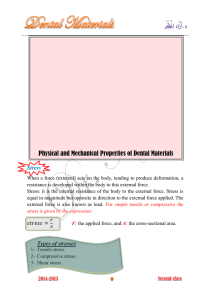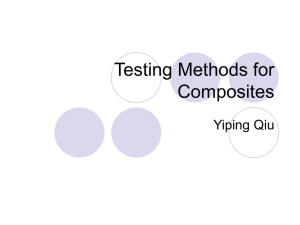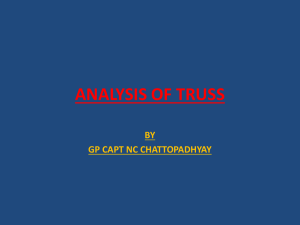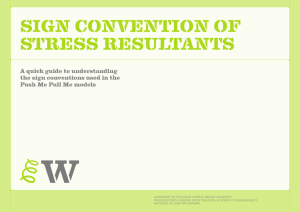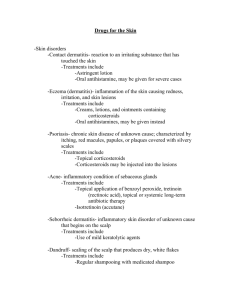Lab5-Rubric-Concrete Str Final
advertisement
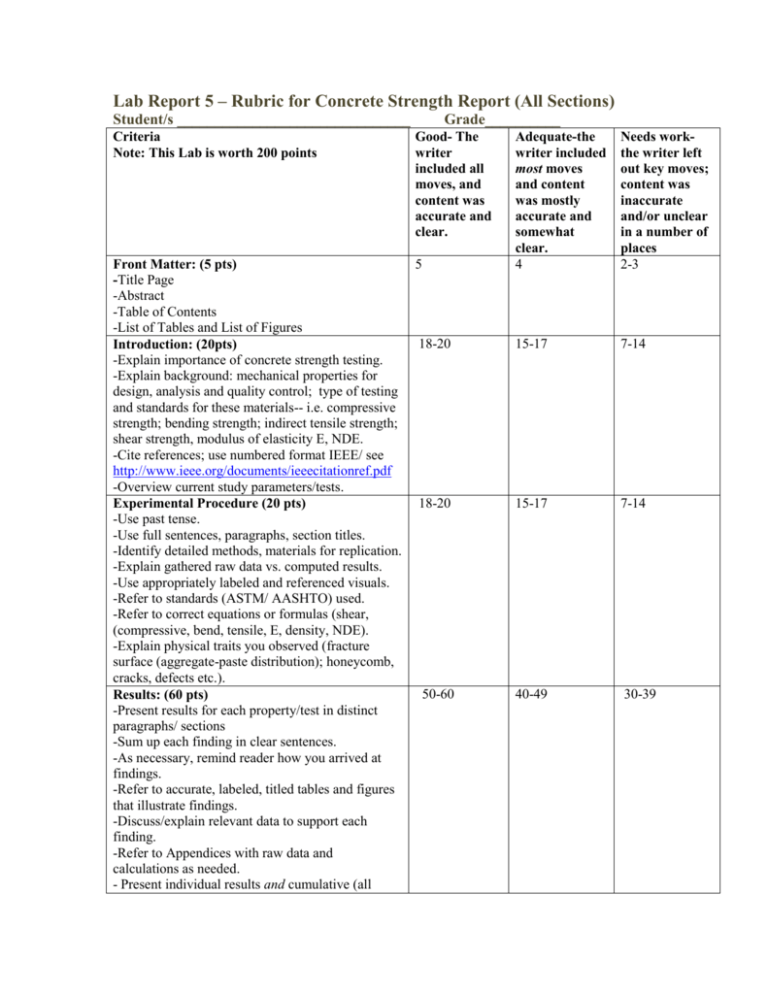
Lab Report 5 – Rubric for Concrete Strength Report (All Sections) Student/s _______________________________ Criteria Note: This Lab is worth 200 points Grade__________ Good- The writer included all moves, and content was accurate and clear. 5 Front Matter: (5 pts) -Title Page -Abstract -Table of Contents -List of Tables and List of Figures 18-20 Introduction: (20pts) -Explain importance of concrete strength testing. -Explain background: mechanical properties for design, analysis and quality control; type of testing and standards for these materials-- i.e. compressive strength; bending strength; indirect tensile strength; shear strength, modulus of elasticity E, NDE. -Cite references; use numbered format IEEE/ see http://www.ieee.org/documents/ieeecitationref.pdf -Overview current study parameters/tests. 18-20 Experimental Procedure (20 pts) -Use past tense. -Use full sentences, paragraphs, section titles. -Identify detailed methods, materials for replication. -Explain gathered raw data vs. computed results. -Use appropriately labeled and referenced visuals. -Refer to standards (ASTM/ AASHTO) used. -Refer to correct equations or formulas (shear, (compressive, bend, tensile, E, density, NDE). -Explain physical traits you observed (fracture surface (aggregate-paste distribution); honeycomb, cracks, defects etc.). 50-60 Results: (60 pts) -Present results for each property/test in distinct paragraphs/ sections -Sum up each finding in clear sentences. -As necessary, remind reader how you arrived at findings. -Refer to accurate, labeled, titled tables and figures that illustrate findings. -Discuss/explain relevant data to support each finding. -Refer to Appendices with raw data and calculations as needed. - Present individual results and cumulative (all Adequate-the writer included most moves and content was mostly accurate and somewhat clear. 4 Needs workthe writer left out key moves; content was inaccurate and/or unclear in a number of places 2-3 15-17 7-14 15-17 7-14 40-49 30-39 group) results. -Individual results: For Lab 5, include: *Compressive strength plot: stress-strain behavior, f’c, E-chord modulus. *Individual and average F’c. *Split tensile strength. *Flexural Strength (3X3”, 6X6” beams), using 3-point load and 4-point load equations. *Shear test results, using horizontal beam shear equation and direct short beam equation. *Density or Unit Weight. *E(ACI equation). *E(experimental). *Plot Mohr's circle for uniaxial compression -Cumulative results: For Lab 5, include trends such as but not limited to: *plot w/c vs. compressive strength; *plot density vs. F’c, F’t, F’b, F’v and E; *plot square root F'c strength vs. flexural, tensile and shear strength (show trend lines and compare to ACI equations). *Plot F’c-Schmidt hammer vs. compressive str. *Present Cumulative Results Table from Lab2 on fresh concrete properties and use to discuss correlations with hardened concrete properties; i.e, w/c ratio, air content, density, slump. Discussion: (40 pts) 35-40 -Remind reader of purpose. -Sum up major findings. -Link findings to prior research/standards and discuss anomalies. -Discuss implications and relationships. For Lab 5, discuss relationships related to mix design and hardened concrete properties such as: w/c, curing time, porosity, density, strength and mechanical properties (comp, bend, shear, tensile, E); slump, air, density, water content, strength; type of failure, shear or cone (observe the fractured surface). 18-20 Appendices: (20 pts) -Raw data, spreadsheets, sample calculations. -Label each appendix (A, B, C) in text, in the order in which it is mentioned in text. 5 References: (5 pts) -Cite references in-text; use APA format/ see https://owl.english.purdue.edu/owl/resource/560/10/ -Reference page with ordered list of all citations noted in text. -Proper formatting for each entry. Mechanics and Style (20 pts) 18-20 -Readable, well-structured sentences. -Correct grammar, punctuation. -Use of appropriate terminology. 29-34 23-28 15-17 7-14 4 2-3 15-17 7-14
